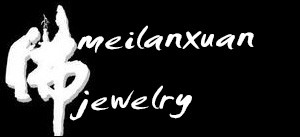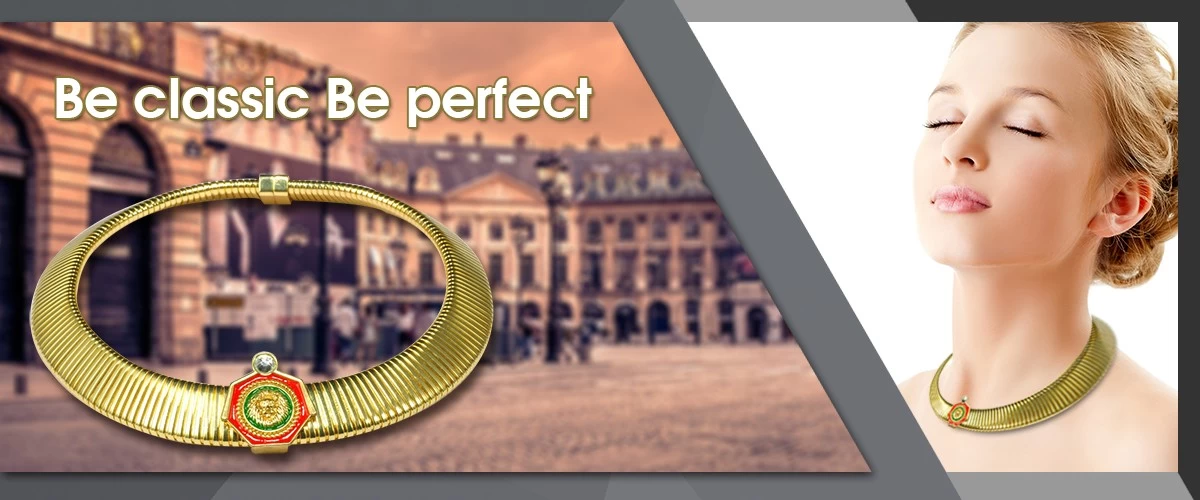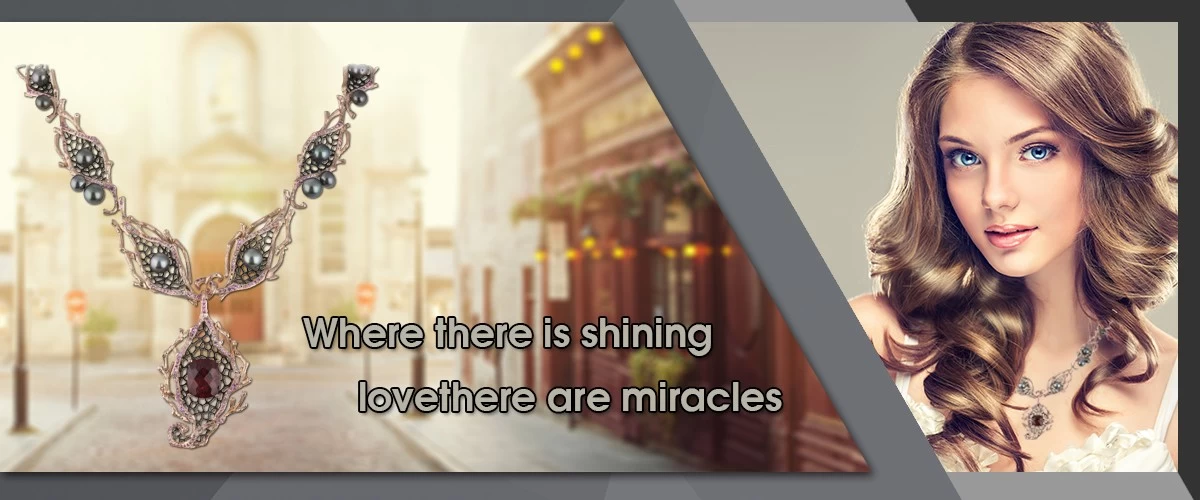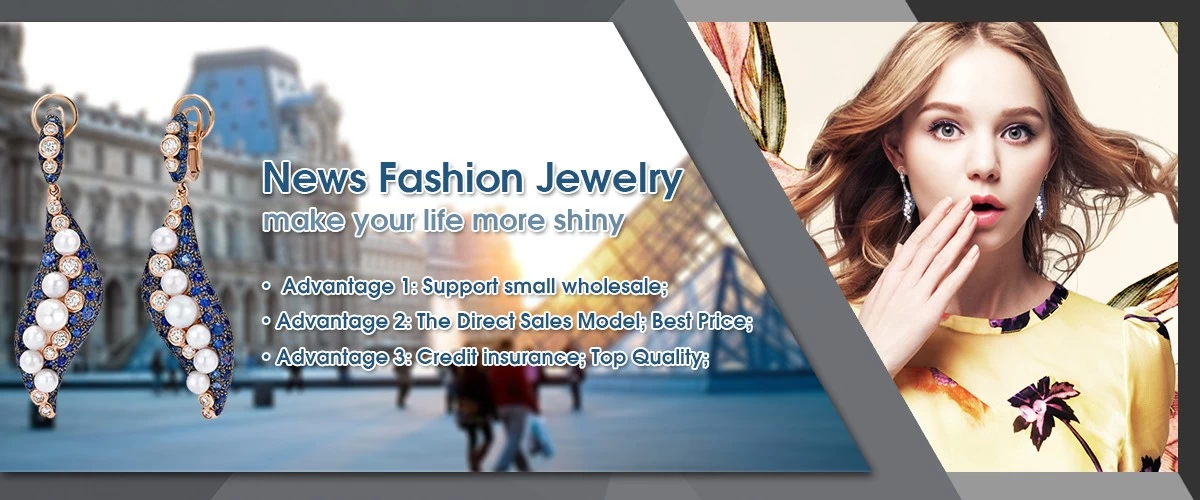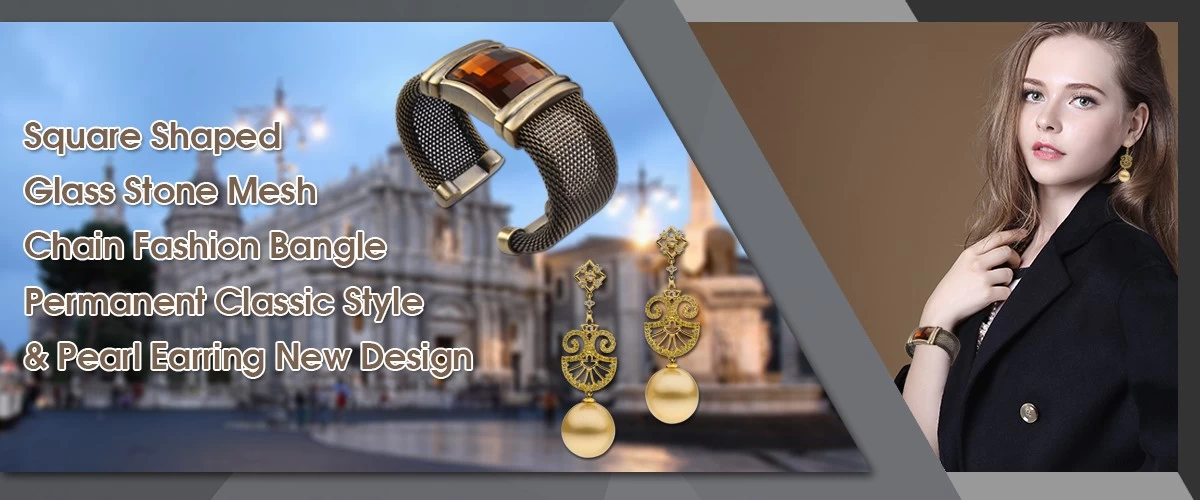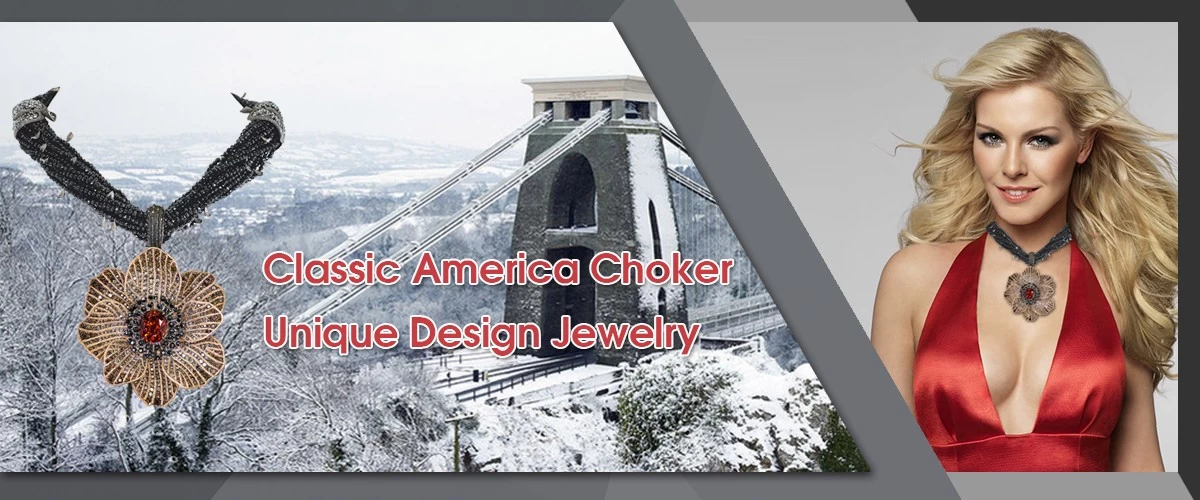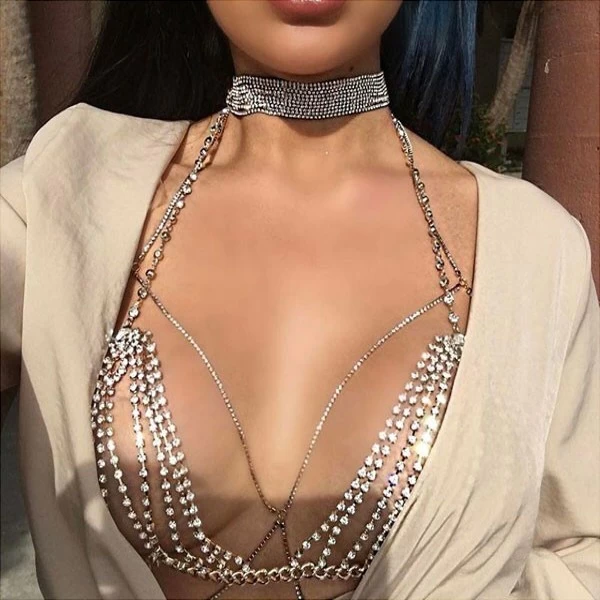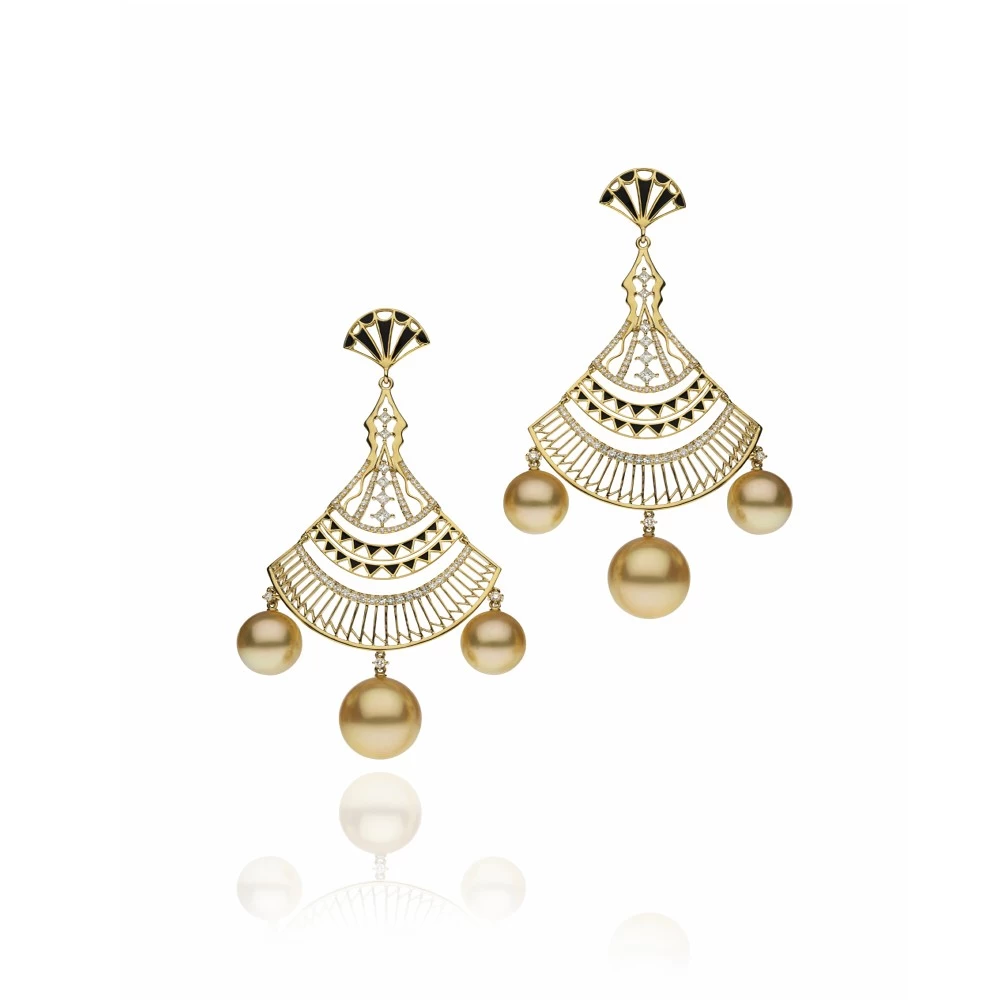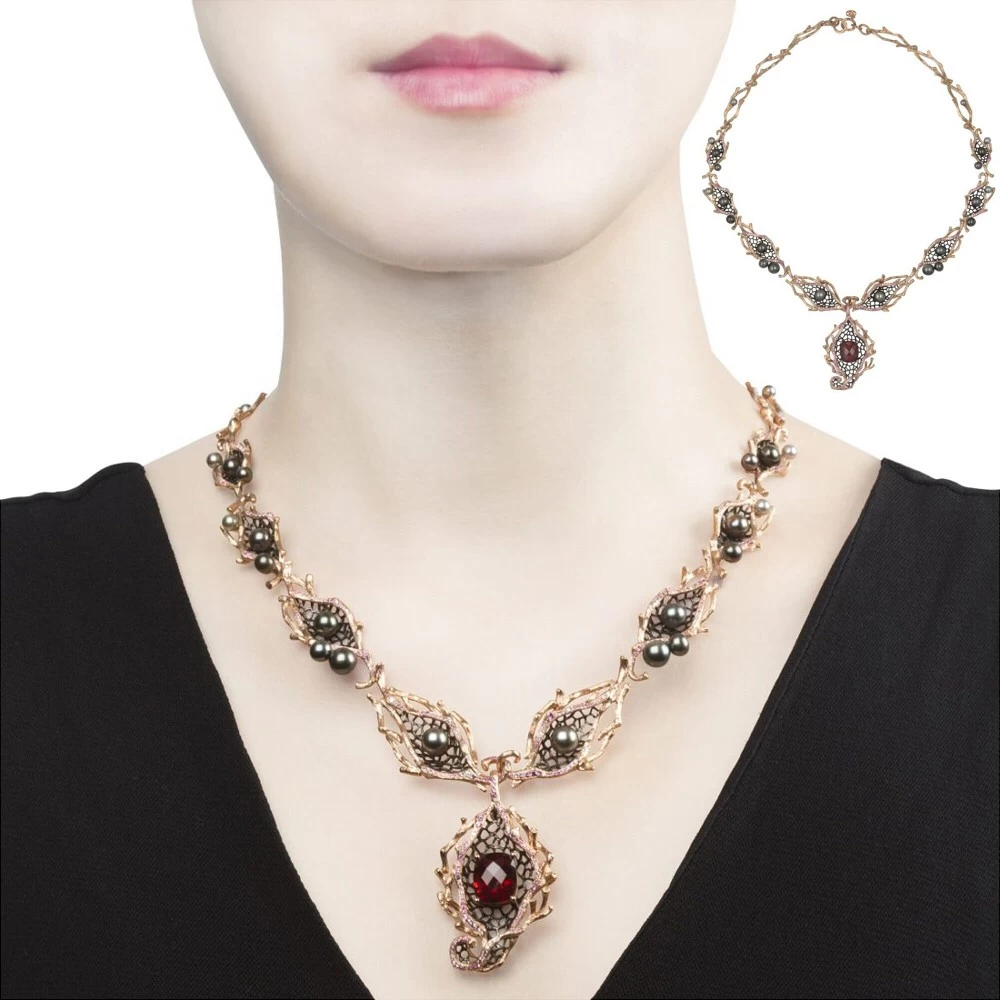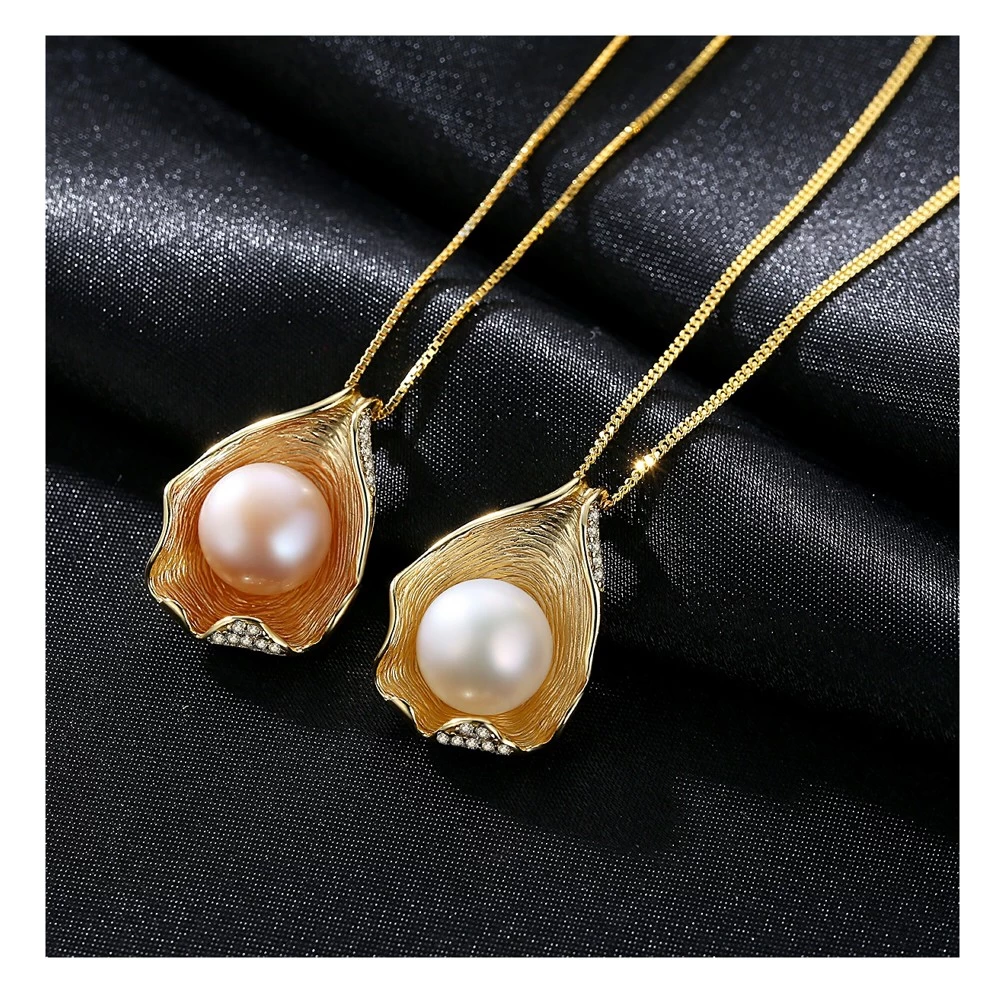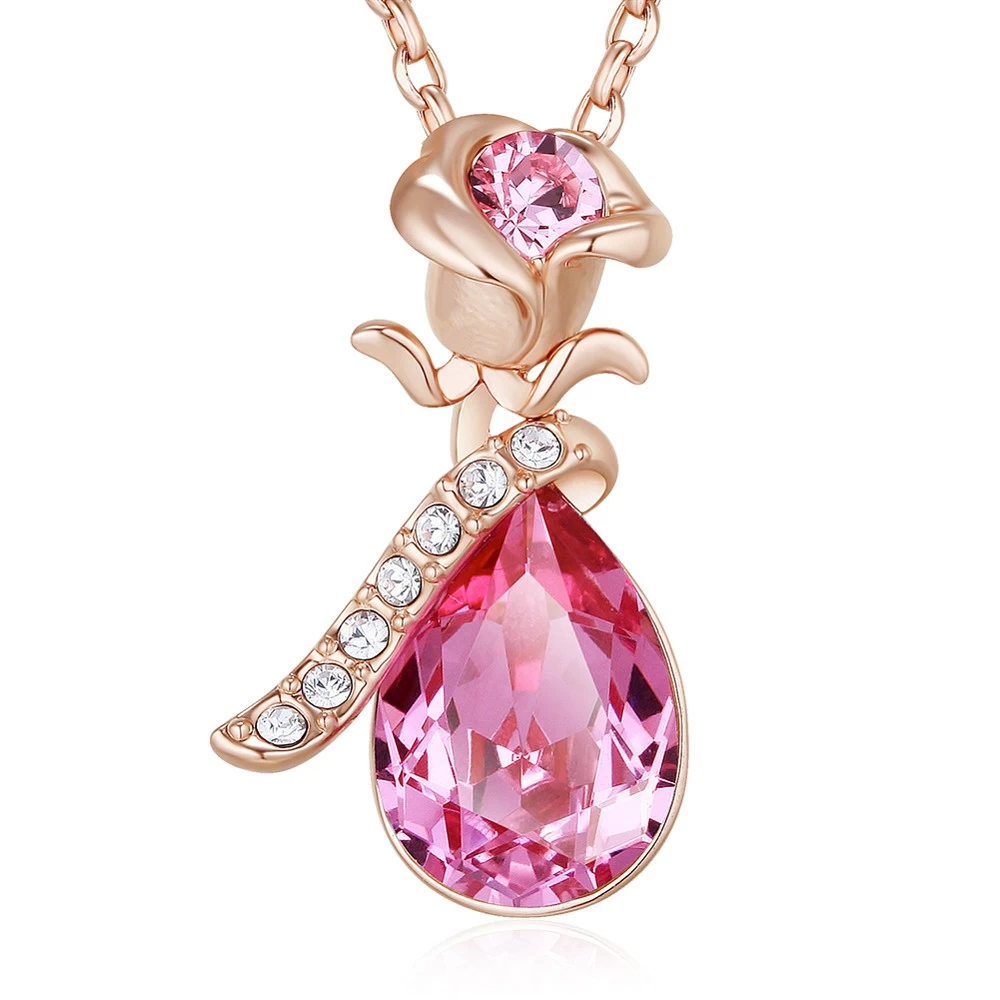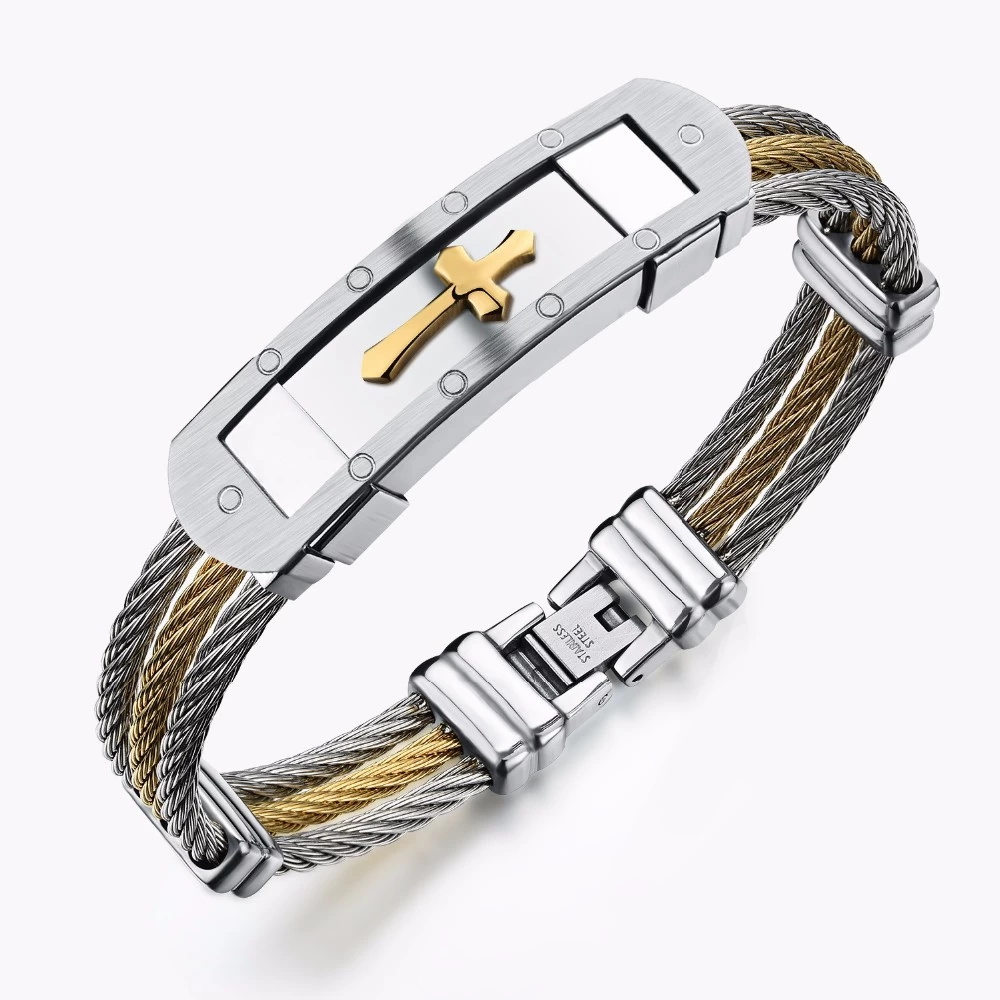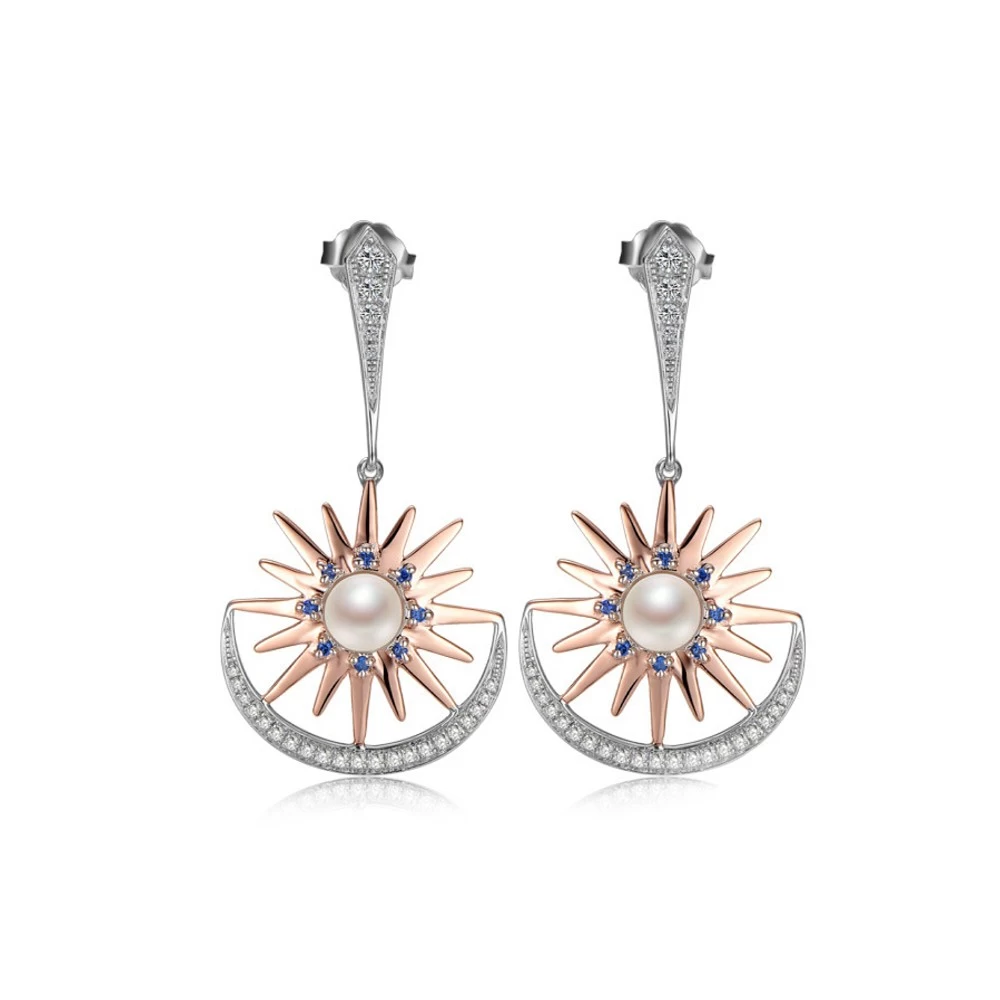A history of jewellery2
Meilanxuan
fashionjewelryfactory.com
2017-12-01 14:50:15
Art Nouveau jewellery and the Garland style 1895–1910
The Art Nouveau style caused a dramatic shift in jewellery design, reaching a peak around 1900 when it triumphed at the Paris International Exhibition.
Its followers created sinuous, organic pieces whose undercurrents of eroticism and death were a world away from the floral motifs of earlier generations. Art Nouveau jewellers like René Lalique also distanced themselves from conventional precious stones and put greater emphasis on the subtle effects of materials such as glass, horn and enamel. Meilanxuan create beauty for every woman through Fashion jewelry wholesale in china.
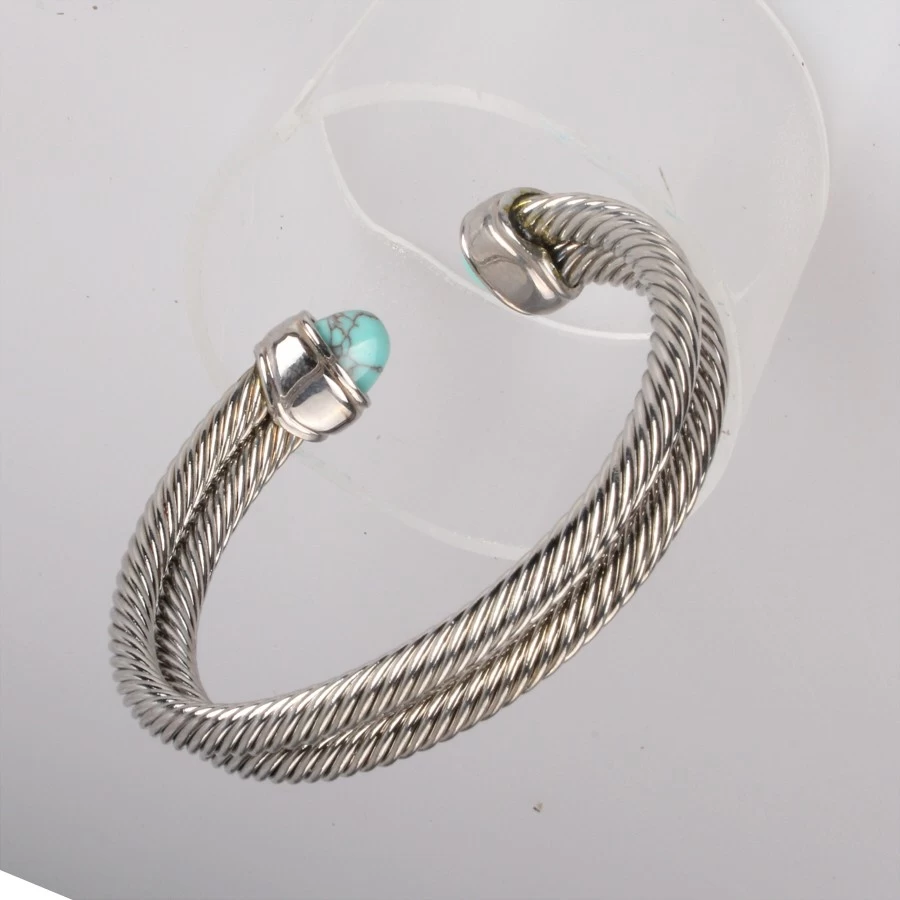
The maker of this orchid hair ornament, Philippe Wolfers, was the most prestigious of the Art Nouveau jewellers working in Brussels. Like his Parisian contemporary René Lalique, he was greatly influenced by the natural world. These exotic orchids feature in the work of both. The technical achievement of enamelling in plique-a-jour (backless) enamel on these undulating surfaces is extraordinary. Meilanxuan Woman's necessities, provide Jewelry design supplier china.
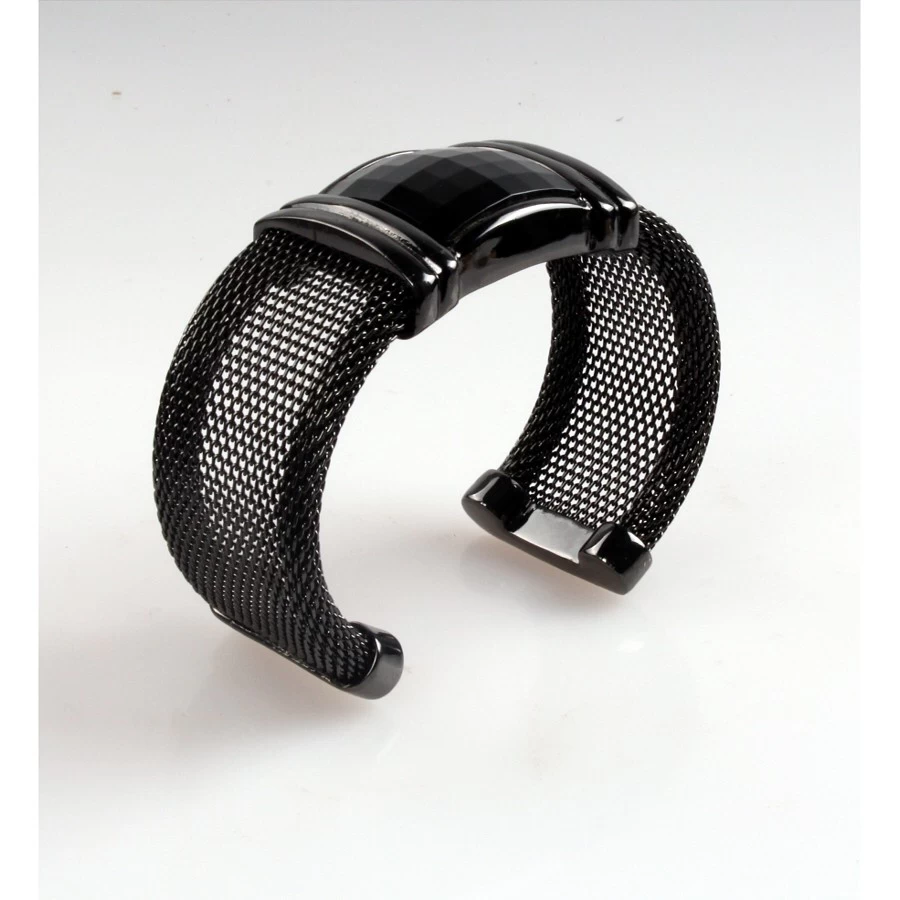
Art Deco jewellery to the 1950s
Although buffeted by cycles of boom, depression and war, jewellery design between the 1920s and 1950s continued to be both innovative and glamorous. Sharp, geometric patterns celebrated the machine age, while exotic creations inspired by the Near and Far East hinted that jewellery fashions were truly international. New York now rivalled Paris as a centre for fashion, and European jewellery houses could expect to sell to, as well as buy from, the Indian subcontinent.
Dense concentrations of gemstones are characteristic of Art Deco jewellery. From about 1933 gold returned to fashion, partly because it was cheaper than platinum.
Artists and designers from other fields also became involved in jewellery design. Their work foreshadows the new directions jewellery would take.
This brooch commemorates the breaking of the World Land Speed Record by Captain George Eyston in 1937. The car depicted is Thunderbolt, which Captain Eyston designed, built and drove. It was powered by two aero engines made by the firm of Rolls-Royce, which presented the brooch to Captain Eyston’s wife.
Contemporary jewellery
Since the 1960s the boundaries of jewellery have been continually redefined. Conventions have been challenged by successive generations of independent jewellers, often educated at art college and immersed in radical ideas.
New technologies and non-precious materials, including plastics, paper and textiles, have overturned the notions of status traditionally implicit in jewellery.
Avant-garde artist-jewellers have explored the interaction of jewellery with the body, pushing the boundaries of scale and wearability to the limits. Jewellery has developed into wearable art. The debate on its relationship to Fine Art continues.
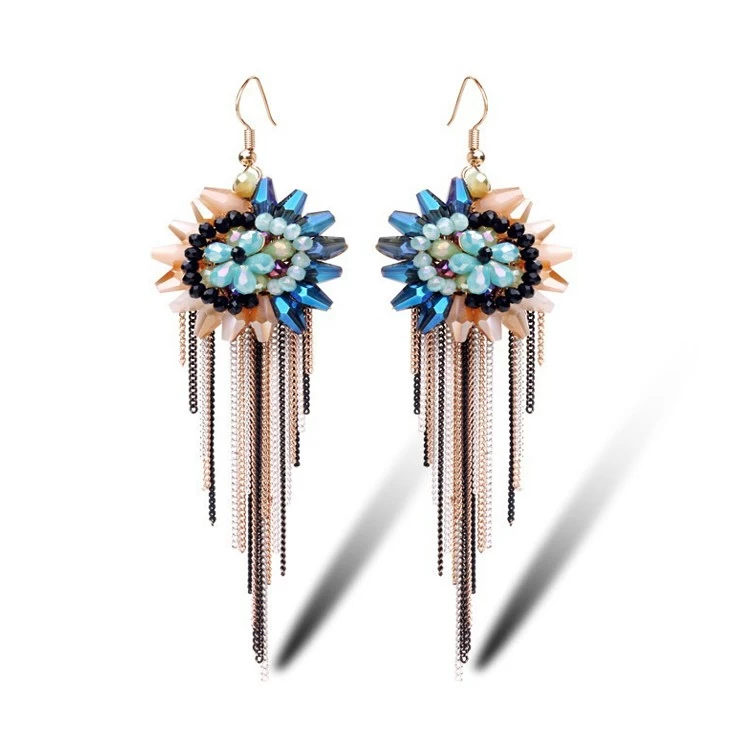
The Art Nouveau style caused a dramatic shift in jewellery design, reaching a peak around 1900 when it triumphed at the Paris International Exhibition.
Its followers created sinuous, organic pieces whose undercurrents of eroticism and death were a world away from the floral motifs of earlier generations. Art Nouveau jewellers like René Lalique also distanced themselves from conventional precious stones and put greater emphasis on the subtle effects of materials such as glass, horn and enamel. Meilanxuan create beauty for every woman through Fashion jewelry wholesale in china.

However, the style's radical look was not for everyone or for every occasion. Superb diamond jewellery was made in the 'garland style', a highly creative re-interpretation of 18th- and early 19th-century designs.
The maker of this orchid hair ornament, Philippe Wolfers, was the most prestigious of the Art Nouveau jewellers working in Brussels. Like his Parisian contemporary René Lalique, he was greatly influenced by the natural world. These exotic orchids feature in the work of both. The technical achievement of enamelling in plique-a-jour (backless) enamel on these undulating surfaces is extraordinary. Meilanxuan Woman's necessities, provide Jewelry design supplier china.

Art Deco jewellery to the 1950s
Although buffeted by cycles of boom, depression and war, jewellery design between the 1920s and 1950s continued to be both innovative and glamorous. Sharp, geometric patterns celebrated the machine age, while exotic creations inspired by the Near and Far East hinted that jewellery fashions were truly international. New York now rivalled Paris as a centre for fashion, and European jewellery houses could expect to sell to, as well as buy from, the Indian subcontinent.
Dense concentrations of gemstones are characteristic of Art Deco jewellery. From about 1933 gold returned to fashion, partly because it was cheaper than platinum.
Artists and designers from other fields also became involved in jewellery design. Their work foreshadows the new directions jewellery would take.
This brooch commemorates the breaking of the World Land Speed Record by Captain George Eyston in 1937. The car depicted is Thunderbolt, which Captain Eyston designed, built and drove. It was powered by two aero engines made by the firm of Rolls-Royce, which presented the brooch to Captain Eyston’s wife.
Contemporary jewellery
Since the 1960s the boundaries of jewellery have been continually redefined. Conventions have been challenged by successive generations of independent jewellers, often educated at art college and immersed in radical ideas.
New technologies and non-precious materials, including plastics, paper and textiles, have overturned the notions of status traditionally implicit in jewellery.
Avant-garde artist-jewellers have explored the interaction of jewellery with the body, pushing the boundaries of scale and wearability to the limits. Jewellery has developed into wearable art. The debate on its relationship to Fine Art continues.
For more information, please click Jewelry wholesales on line.

